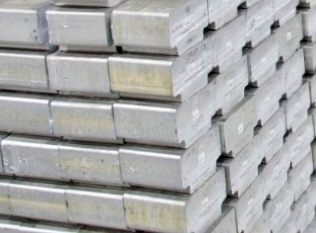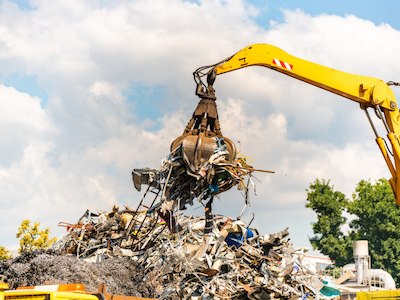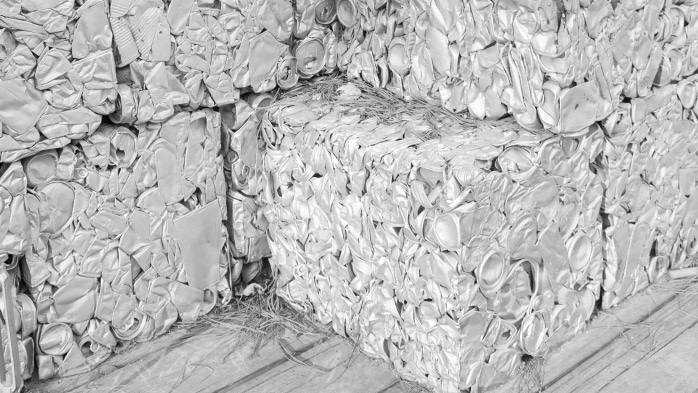Aluminum Scrap Markets

May 16, 2025
Aluminum Association's White Paper examines supply
Written by Greg Wittbecker
The US Aluminum Association has released a comprehensive white paper examining the challenges and opportunities to increase total aluminum supply for the US.
The association addressed the three paths to increased self-sufficiency: restarting idle primary capacity, building new primary capacity, and leveraging recycled/secondary opportunities.
Not surprising, the major challenge to either restarting or building primary capacity pivots around finding affordably priced energy. That was a contributing cause to the loss of over 30 smelters in the past 45 years and most recently, the curtailments of Century Hawesville, Mt Holly, and Magnitude 7’s New Madrid smelter.
The energy problem is compounded by the enormous demand for electricity from the data centers supporting AI growth. These data centers have no apparent limit to the prices they are willing to pay for power, having paid over $100 per megawatt hour in some cases. A competitive price for an aluminum smelter would need to be sub-$40. So, there is a massive gap. This is why Century has been frustrated in their efforts to find the power for their proposed smelter.
On a more positive note, the opportunities to increase secondary aluminum are very compelling. There is an abundant supply of zorba (shredded automotive aluminum) and used beverage containers (UBC).
The constraint to using this supply is more efficient sortation of the zorba and a vastly improved collection effort in the UBC. Capital costs to build and operate secondary aluminum are extremely attractive. Secondary capacity is about 25% of the cost of building a new primary smelter and consumes 5% of the energy needed for primary metal.
A rational plea for Canadian primary supply
The association argued for keeping Canadian primary aluminum in play, stating Canadian metal was a highly secure supply chain and fairly priced. Canadian aluminum did not contribute to the demise of the US domestic industry and continues to play a critical role in keeping our downstream, value-added aluminum plants well supplied and able to capitalize on their competitive advantage in rolling, extruding and other additive manufacturing processes.
It will be interesting to see how the message is received in government circles and whether proper attention is given to the systemic problem of energy that we have called out in prior articles.








